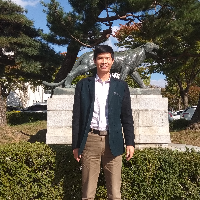Preprint
Article
A Study of Tangerine Pest Recognition Using Advanced Deep Learning Methods
This version is not peer-reviewed.
Submitted:
05 November 2018
Posted:
07 November 2018
You are already at the latest version
Abstract
To improve the tangerine crop yield, the work of recognizing and then disposing of specific pests is becoming increasingly important. The task of recognition is based on the features extracted from the images that have been collected from websites and outdoors. Traditional recognition and deep learning methods, such as KNN (k-nearest neighbors) and AlexNet, are not preferred by knowledgeable researchers, who have proven them inaccurate. In this paper, we exploit four kinds of structures of advanced deep learning to classify 10 citrus pests. The experimental results show that Inception-ResNet-V3 obtains the minimum classification error.
Keywords:
pest recognition
; Tangerine
; advanced deep learning
; minimum classification error
; Inception Module
; CNN
Copyright: This open access article is published under a Creative Commons CC BY 4.0 license, which permit the free download, distribution, and reuse, provided that the author and preprint are cited in any reuse.
Downloads
511
Views
436
Comments
0
Subscription
Notify me about updates to this article or when a peer-reviewed version is published.
MDPI Initiatives
Important Links
© 2025 MDPI (Basel, Switzerland) unless otherwise stated






